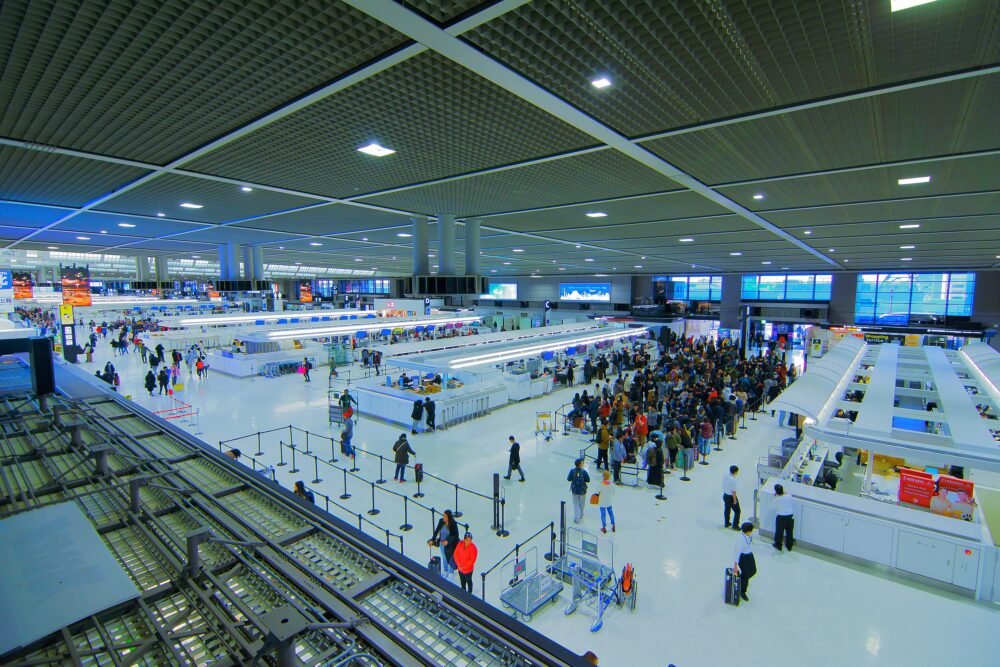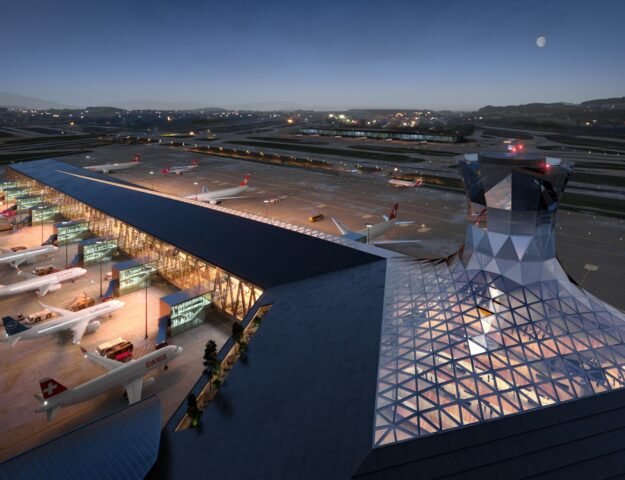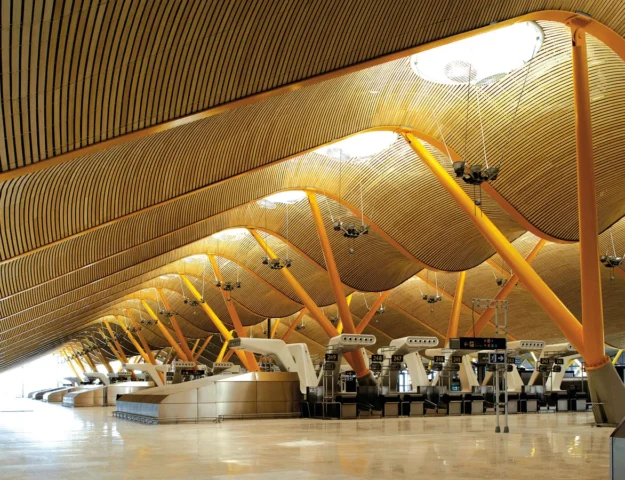Tokyo Narita Airport, also known as Narita International Airport, is one of Japan’s busiest and most crucial travel hubs. Located about 60 km east of Tokyo, this airport serves as a primary gateway for international travelers and plays a significant role in the country’s aviation industry. In this blog, we’ll explore the history, infrastructure, services, and economic significance of Narita Airport.
Historical Background
Before Narita Airport, Tokyo International Airport (Haneda Airport) was the city’s primary international gateway. However, with the rise in international travel and cargo services, there was an urgent need for an additional airport to handle growing demand.
The construction of Narita Airport began in the 1960s but faced intense protests from locals and environmental groups. The resistance, famously known as the Narita Airport Struggles, led to years of land disputes and political conflicts. Despite these challenges, the airport finally opened in 1978, marking a new era in Japan’s aviation industry.
Infrastructure and Facilities
Over the years, Narita Airport has undergone multiple expansions to enhance passenger experience and efficiency. It boasts state-of-the-art infrastructure, ensuring a smooth and pleasant journey for travelers.
Terminals
Narita Airport has three passenger terminals:
- Terminal 1 – Divided into North and South Wings, primarily serving Japan Airlines (JAL) and All Nippon Airways (ANA).
- Terminal 2 – Mainly accommodates international flights.
- Terminal 3 – Dedicated to low-cost carriers.
Each terminal offers various facilities, including shops, restaurants, lounges, and customs services.
Runways
The airport operates two parallel runways, capable of accommodating large aircraft, including long-haul jets. These runways ensure seamless connectivity between Japan and the rest of the world.
Transportation
Narita Airport is well-connected to Tokyo and surrounding areas with multiple transportation options:
- Narita Express (N’EX) – A high-speed train linking the airport to Tokyo in under an hour.
- Keisei Skyliner – Another efficient rail service connecting the airport to Ueno Station.
- Buses and taxis – Various bus services and taxis provide access to different parts of the city.
Shopping and Dining
Passengers can explore a wide range of retail outlets, offering everything from traditional Japanese souvenirs to high-end fashion and electronics. The airport also houses numerous restaurants serving Japanese and international cuisine, ensuring a delightful dining experience.
Lounges and Hotels
Narita Airport offers premium lounges for travelers seeking comfort before their flights. Additionally, there are several airport hotels, such as Narita International Airport Hotel, providing convenience for passengers with early or late-night flights.
Economic Significance
Boosting Economic Growth
Narita Airport has been instrumental in driving economic development in the Chiba Prefecture and the greater Tokyo area. It has generated employment, attracted investments, and supported regional businesses.
Global Connectivity
Serving as a hub for international business travelers, tourists, and cargo shipments, Narita Airport strengthens Japan’s global presence and economic ties with other countries.
Tourism and Cultural Exchange
Millions of tourists enter Japan through Narita Airport every year, contributing to the nation’s booming tourism industry. It serves as a cultural exchange hub, welcoming visitors from around the world and offering them a first glimpse of Japanese hospitality.
Environmental Initiatives
In recent years, Narita Airport has prioritized sustainability and environmental conservation. Some key initiatives include:
- Carbon Neutrality – Reducing carbon emissions through the use of renewable energy and energy-efficient practices.
- Noise Mitigation – Implementing quieter aircraft and optimizing flight paths to minimize noise pollution.
- Biodiversity Conservation – Creating green spaces and wetlands to support local wildlife and ecosystems.
Challenges and Future Prospects
Competition from Haneda Airport
Tokyo’s Haneda Airport has expanded its international flight capacity, presenting stiff competition to Narita. The two airports compete for passengers, pushing Narita to continuously improve its services.
Infrastructure Expansion
To remain competitive, Narita Airport is investing in additional terminals, runways, and passenger facilities to accommodate future growth.
Sustainability Efforts
The airport must continue its efforts to reduce its environmental impact and embrace greener technologies to meet global sustainability standards.
Economic Diversification
Exploring new commercial opportunities beyond aeronautical income will be crucial for ensuring Narita Airport’s financial stability in the long run.
Conclusion
From its turbulent origins to its current role as Japan’s leading international gateway, Narita Airport has evolved significantly. It stands as a symbol of Japan’s resilience, global connectivity, and economic progress. With continuous advancements in infrastructure, sustainability, and services, Narita Airport is set to remain a key player in Japan’s aviation industry for years to come.
Whether you’re a frequent traveler or visiting Japan for the first time, Tokyo Narita Airport offers a seamless and enriching travel experience.
Did you enjoy this article? Share your thoughts in the comments below, and don’t forget to subscribe for more travel insights!





